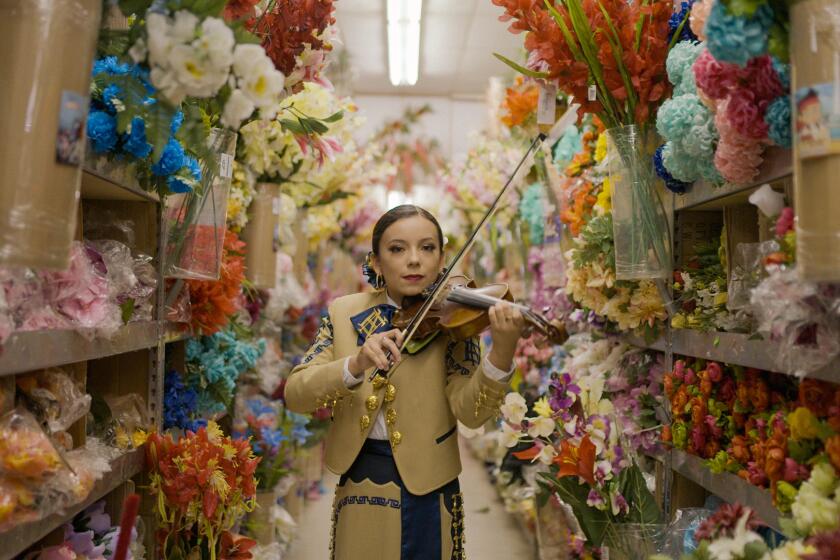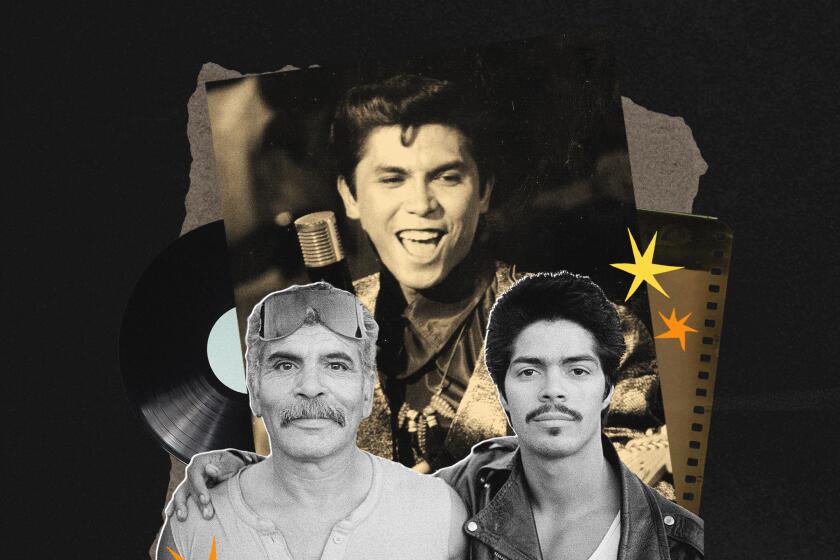
- Share via
From the mariachi’s booming guitarron on “Cielito Lindo,” to the powerful accordeón in Los Tigres del Norte’s “Ni Parientes Somos” to even the trap drums of a Natanael Cano corrido tumbado, the sound of música Mexicana is unmistakable.
The ever-changing genre has a history of combining with and borrowing from other styles. And, in the process of making new sounds, new instruments have been created as well.
Música Mexicana has been pushed into the mainstream over the last five years by Gen Z and millennial Latino audiences. Here’s a guide on the genre’s essential instruments, where to find the best música Mexicana-themed parties, where to shop for the perfect vaquero outfit and more.
Mexican musicians continually find ways to evolve, whether it’s by incorporating an instrument that dates back to the Mayan civilization or redefining one to create something unique, as in the case of the folky accordion, which came from Europe during the 19th century.
As música Mexicana artists pave their own paths, fresh sounds, like cumbia pop singer Estevie’s experimental melodies and Fuerza Regida’s “Jersey corridos,” have emerged, giving listeners a wide range of experiences to choose from.
In no way is this an expansive list of all instruments used in música Mexicana, but here are some of the genre’s most distinct sounds.
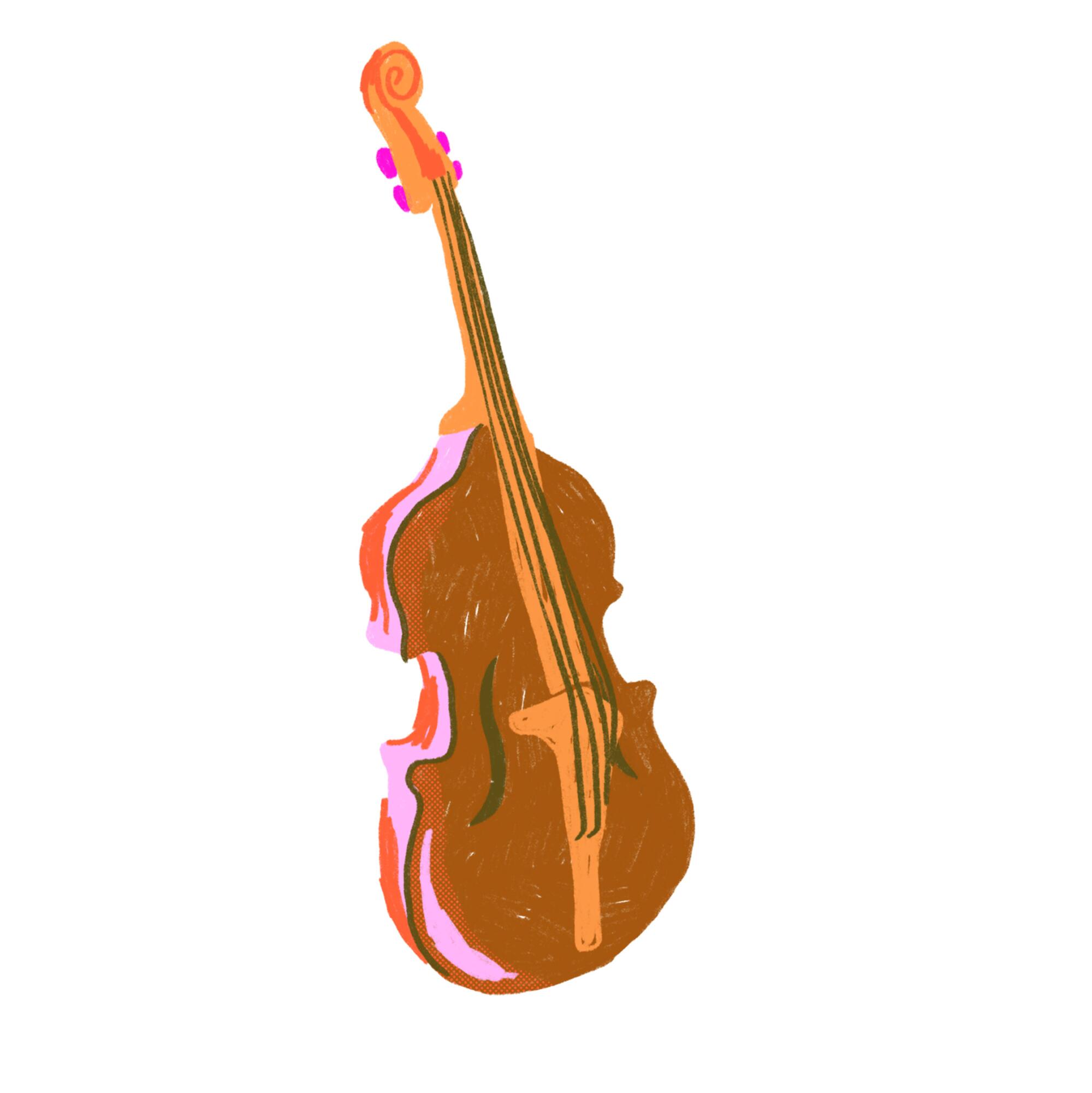
Tololoche
Originating in southern Mexico, this upright bass is all about the slap — a raw, percussive sound created when the string hits the fretboard. Closely related to the European double bass, the tololoche is smaller in size. Jorge Cardenas of the sierreño group Los Del Momento considers it the most “utilitarian” of all the música Mexicana instruments; it can be used in corridos, mariachi and norteño without the need for electric amplification.
“It’s always the missing ingredient. You can have a million instruments, but if there’s no bass, it’ll sound empty,” Cardenas said. “My style is a blend between the raw aggression of rock ’n’ roll and the disciplined, kind of clean sound of mariachi music.”

Requinto
As música Mexicana’s leading guitar, the high-pitched, typically uptempo sound of the requinto is easy to recognize. Its popularization is credited to Los Panchos, a famed Mexico City trío romántico from the 1940s that’s known for such hits as “Besame Mucho” and “Sabor a Mi,” recorded with American jazz singer Eydie Gorme. The requinto can have five, six or 12 strings and is typically tuned higher than the standard guitar. Diego Magaña, a member of L.A.-based band Arsenal Dorado, plays the 12-string requinto and dedicates his style to the “old-school música Mexicana” — when the guitar is “a little more simple and more heavy-handed.”
“It’s the one that’s doing all of the magic and the little background noises,” Magaña said. “Sometimes you’ll hear sounds you didn’t even know the guitar could make. I like keeping it simple. Although, I’ll do a little, you know, razzle-dazzle here and there.”
‘Going Varsity in Mariachi,’ the endearing documentary about the world of competitive high school mariachi in Texas, is finally available on streaming.
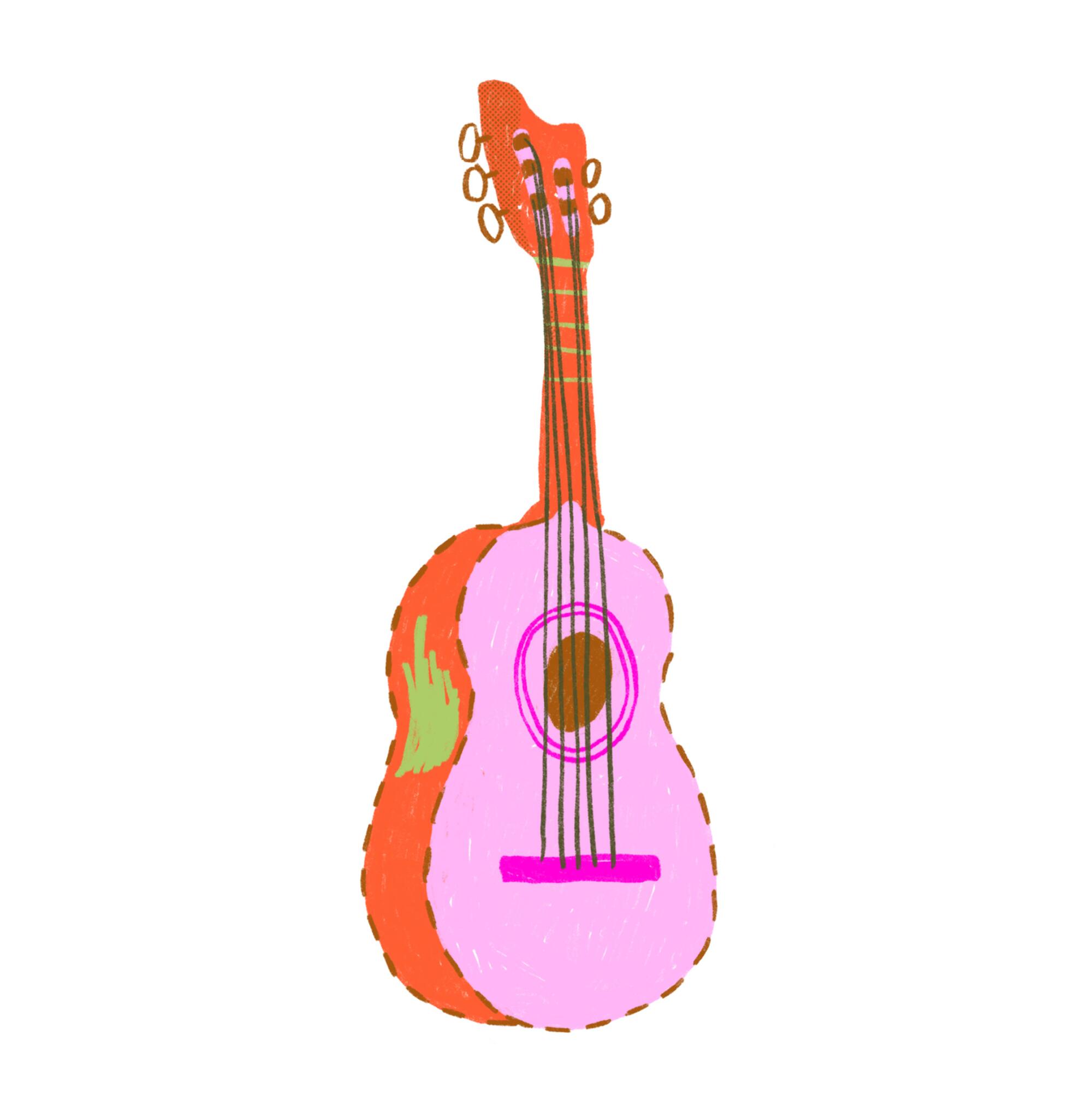
Vihuela
Resembling a smaller version of the guitarrón, the vihuela allows the mariachi’s string section to achieve a higher range. The A, D and G strings are all tuned an octave higher than a standard guitar, adding a new level of tonality. Growing up around mariachi music, singer-songwriter and Las Chorizeras member Nancy Sanchez says she fell in love with the vihuela’s strumming pattern, which is called “los manicos.” As she experiments between strumming up and down, the forceful strike gives the stringed instrument a more percussive feel. Drawing from her roots in traditional mariachi music, she uses the vihuela as a way to put a new spin on her sound.
“I use the vihuela artistically and approach it as a songwriter first,” said Sanchez. “As opposed to playing it very traditionally. I love playing with extension chords [notes above the seventh scale]. I love adding different manicos. I love plucking it. It just gives it a different feel.”

Guiro
Central to many types of Latin music, the guiro is the heartbeat of cumbia. Its cylindrical body, usually made of wood or metal, is covered with a ridge-like or serrated surface, which allows a musician to scrape its sides to create a sound comparable to that of a snare drum. This handheld instrument is essential to keeping the band in sync and the dancers on beat. Alan Vega, a producer-songwriter who has worked with singers Estevie and Sofia Reyes, looks to the guiro as “the most important and most recognizable part of cumbia’s percussion.”
“If you were to take the guiro out, [the music] would lose the feeling,” Vega added. “Certain cumbias have that feeling of build-up, and when everything comes in and it feels like a party ... you need to start dancing.”
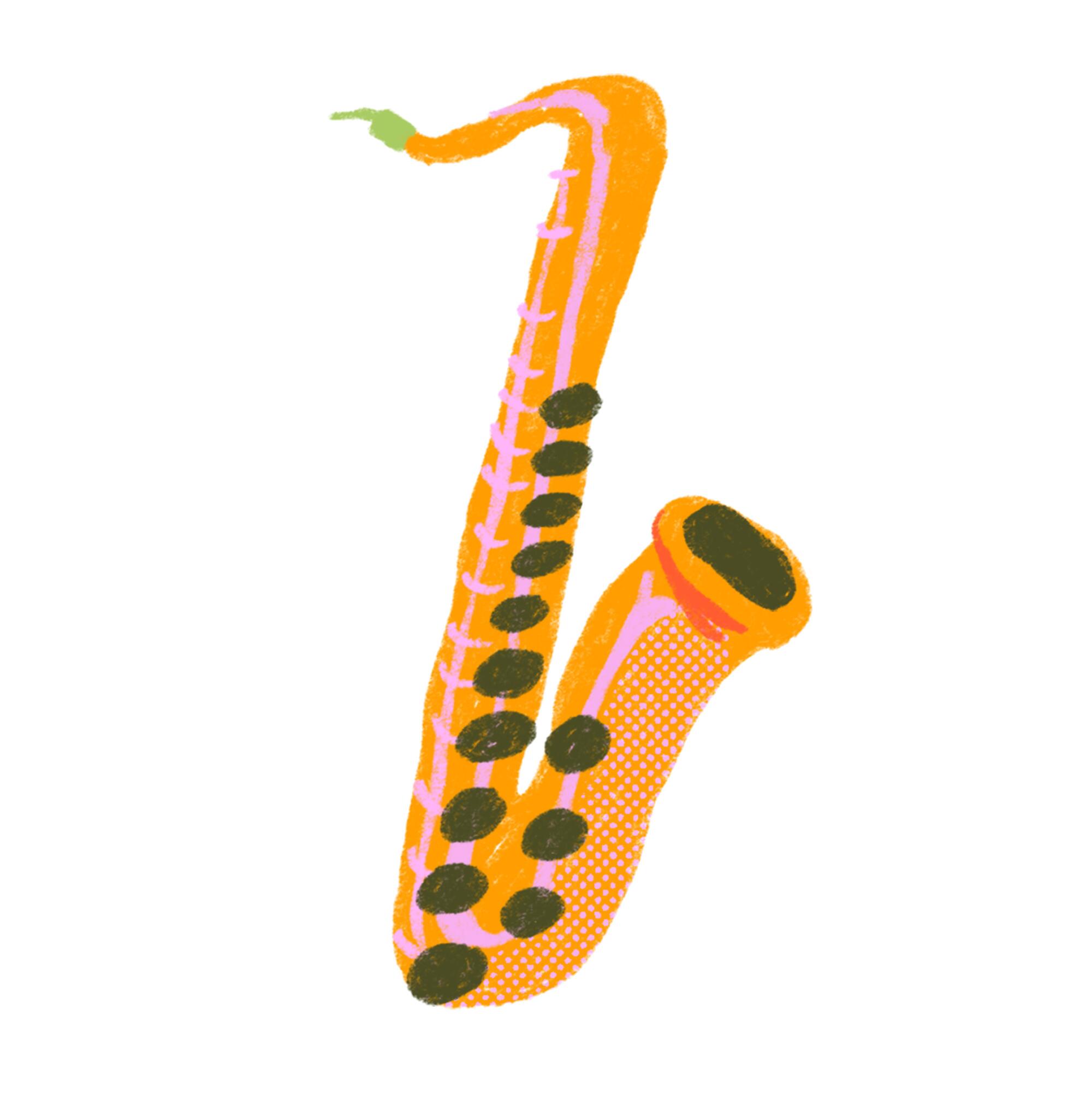
Saxophone
Becoming essential to música Mexicana in the 1940s, this brassy woodwind instrument allowed bandas to put more emphasis on the melody. In a group, the saxophone takes plays the lyrical part of the song. Manny Dorado, a member of Tamborazo Aguila y Serpiente who plays the alto saxophone, appreciates the instrument for its “bright palette [and] shimmery yet cutting-edge sound.” He first embraced the instrument with the intention of playing jazz; discovering how versatile it is in música Mexicana, he changed his mind.
“It can sound very similar to the human voice, especially the alto voice,” Dorado said. ”It’s higher-pitched, but it still has some low overtones so that it’s able to represent the alto sound.”
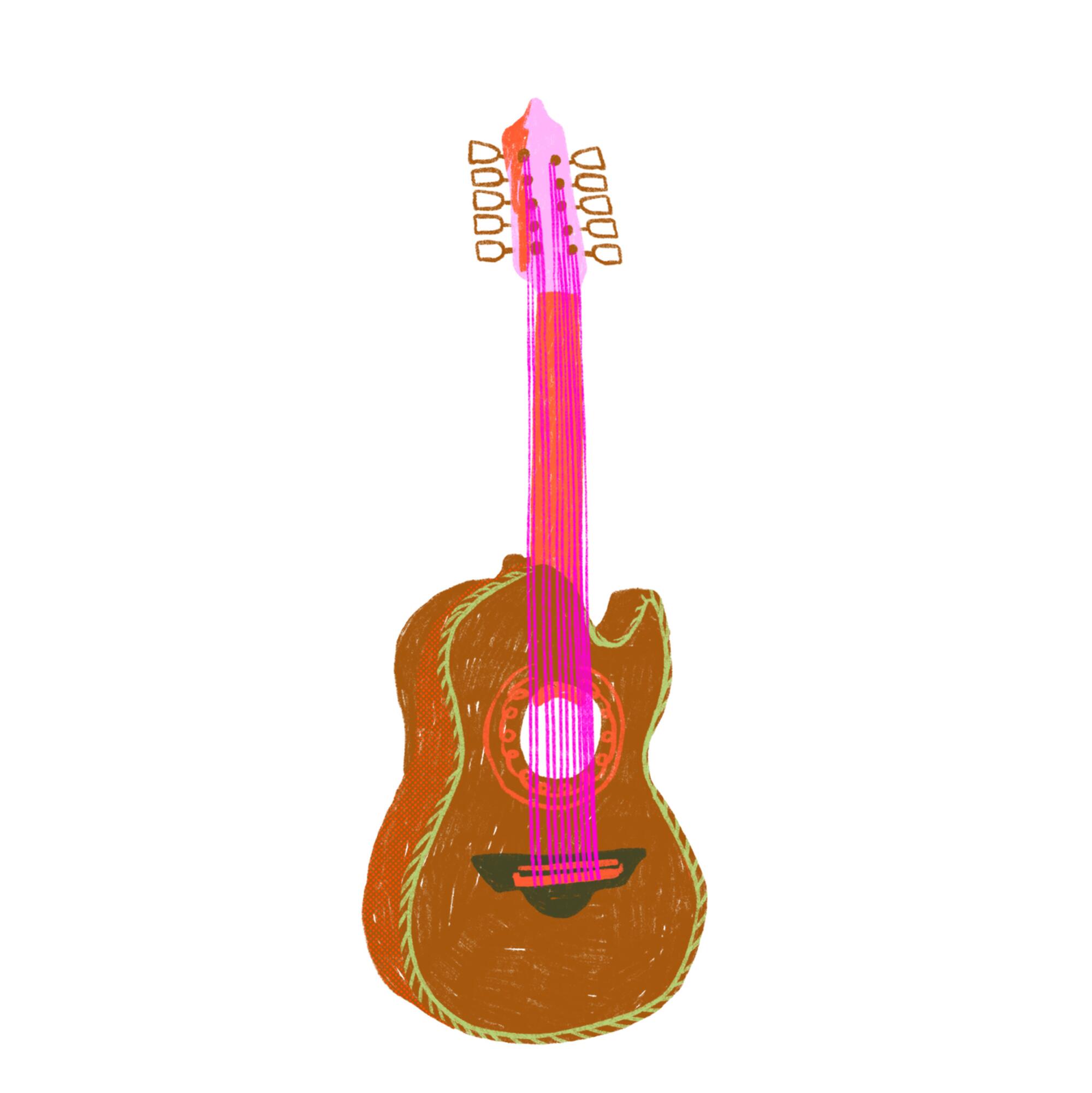
Bajo quinto
Shaped similarly to an acoustic guitar, the bajo quinto is slightly larger, has a pointed edge and can be identified by its deep, intimidating twang. With five pairs of steel strings, the aggressive guitar is responsible for following the requinto and enhancing the melody with its metallic thrum. Andres Torres, of corrido group Los Torres, says the bajo quinto gives Mexican music “a different touch.” Performing alongside his brothers, he devotes his time to touring the country and bringing the bajo quinto to as many places as he can.
“I feel like the energy of the bajo quinto, the way it’s played, the way it sounds, is really something special,” Torres said. “Mexican music has a special energy that I feel like you don’t find anywhere else.”
Nearly 40 years after its theatrical release, ‘La Bamba’ is being remade, but the film’s original director and writer questions why rock ’n’ roll star Ritchie Valens’ life is being told, again.
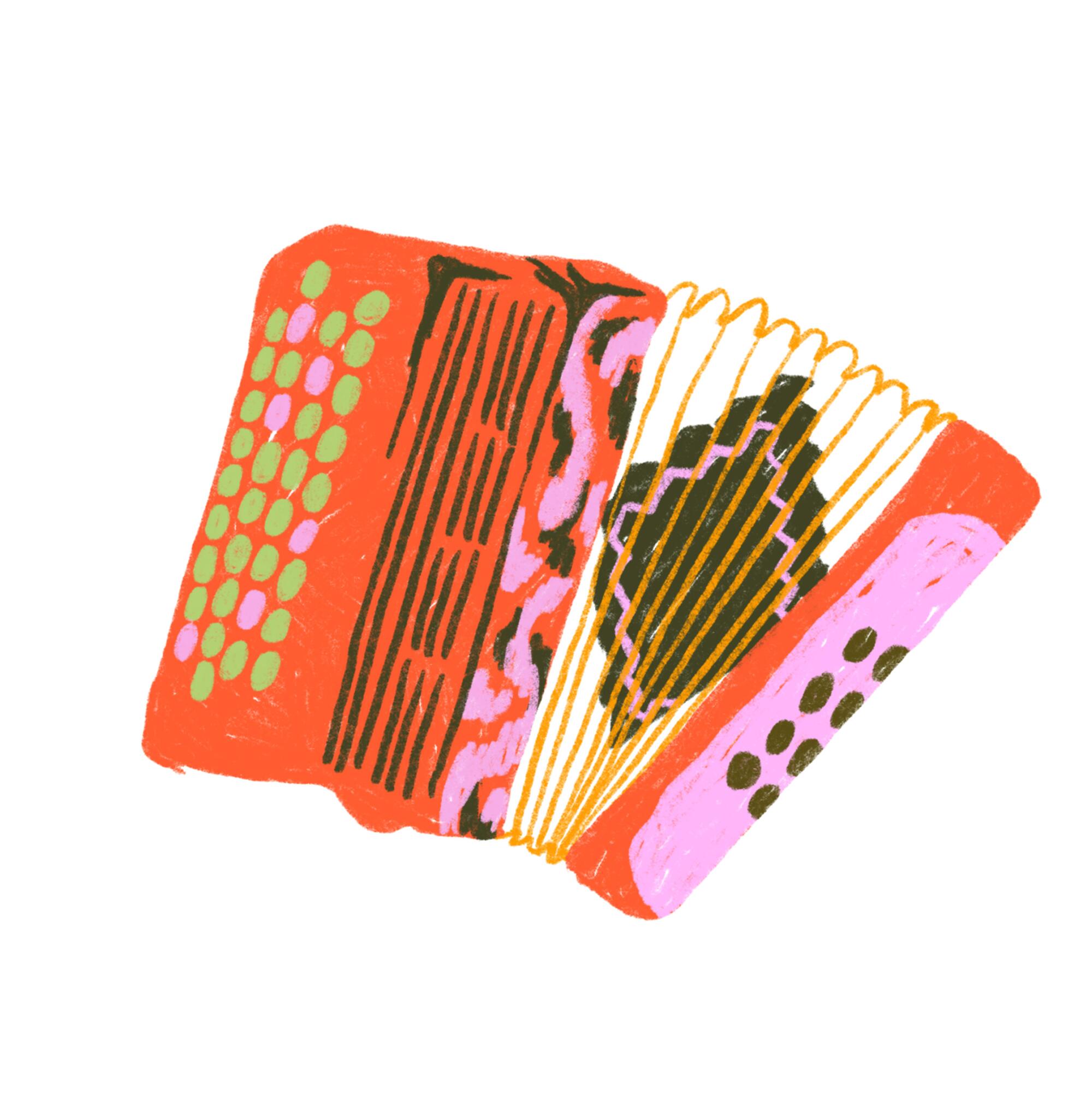
Accordion
Introduced to the genre through the polkas of German and Czech immigrants, the accordeón quickly became a staple in several subgenres of música Mexicana, including cumbia (think Celso Piña’s “Cumbia Sobre el Río”) and norteño (e.g., Ramón Ayala’s entire discography). When played in these contexts, the loud instrument takes on a different style of tuning, called diatonic, which means it can play only a limited range of notes in a specific key. There are two kinds of accordions — one with piano keys and one with buttons — but they have similar effects. Christian Salazar of Los Desvelados, an L.A.-based corrido group, was drawn to the box-like instrument for its ability to lead a group.
“It has its own loud, energetic character in Mexican music,” Salazar said. “It represents a lot of my persona and how I reflect myself onstage — you could say, like an attention hog.”
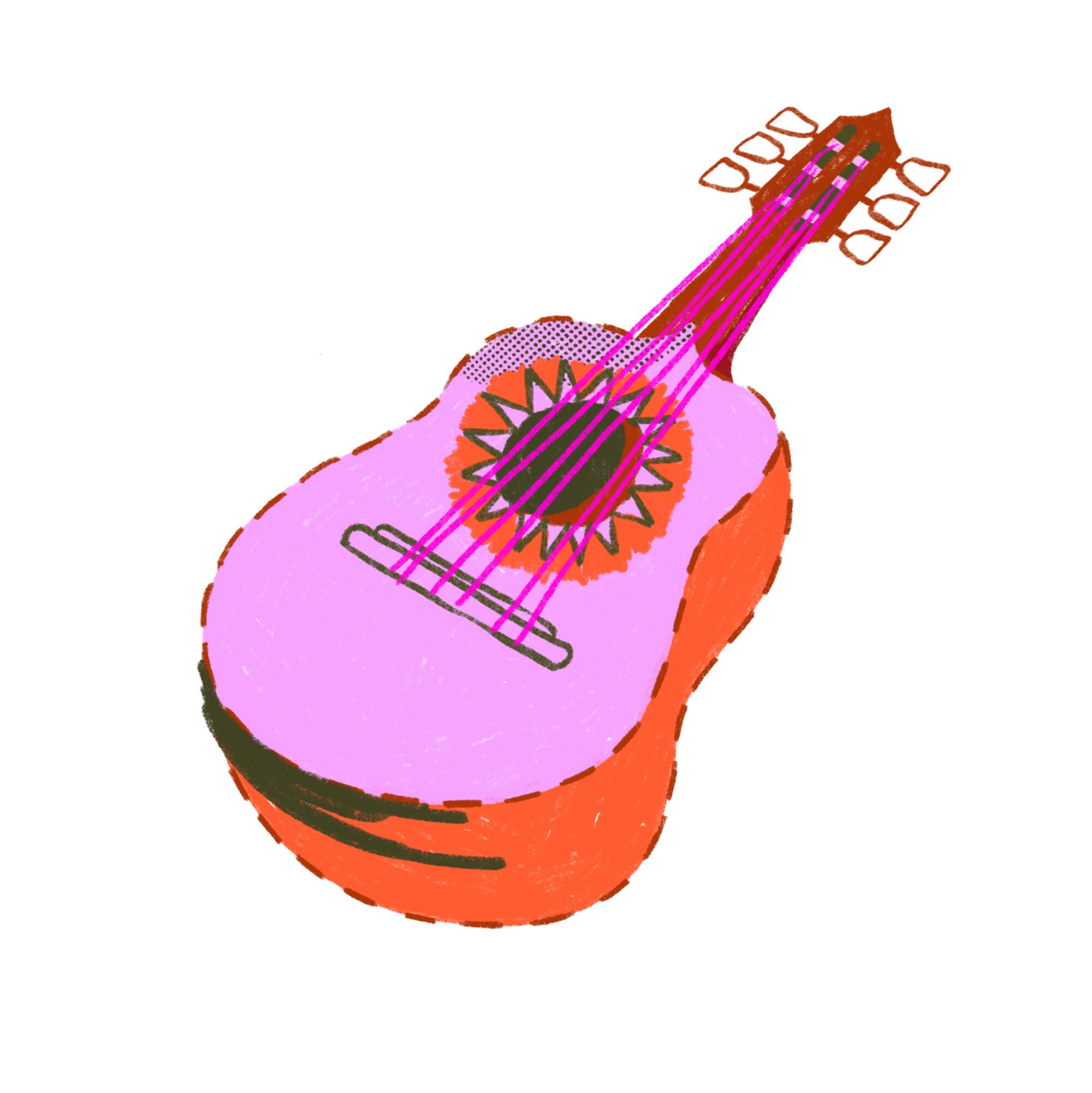
Guitarrón
Almost every mariachi band includes an oversize bass that is often twice the size of the musician playing it: the guitarrón. The large, guitar-shaped instrument with a V-shaped back has six strings and keeps the rest of the group in rhythm. Its echoing rumble sharpens the sound of the leading guitar, making its presence crucial. Stephany Mejia, guitarrón player and founder of Mariachi Loco del Valle, connected with her passion for mariachi music when she took classes at Plaza de la Raza’s School of Performing and Visual Arts. Moving from the guitar to the vihuela and finally landing on the guitarrón, the San Fernando Valley musician stuck by the bass as an act of female empowerment — it tends to be played by men.
“My instrument has a special meaning to me. I purchased [my guitarrón] from un músico de Alejandro Fernandez [the mariachi singer and son of Vicente Fernandez], who passed away recently,” Mejia said. “A lot of people don’t know or probably don’t appreciate it. But in a way, it feels like it’s been passed on to me.”
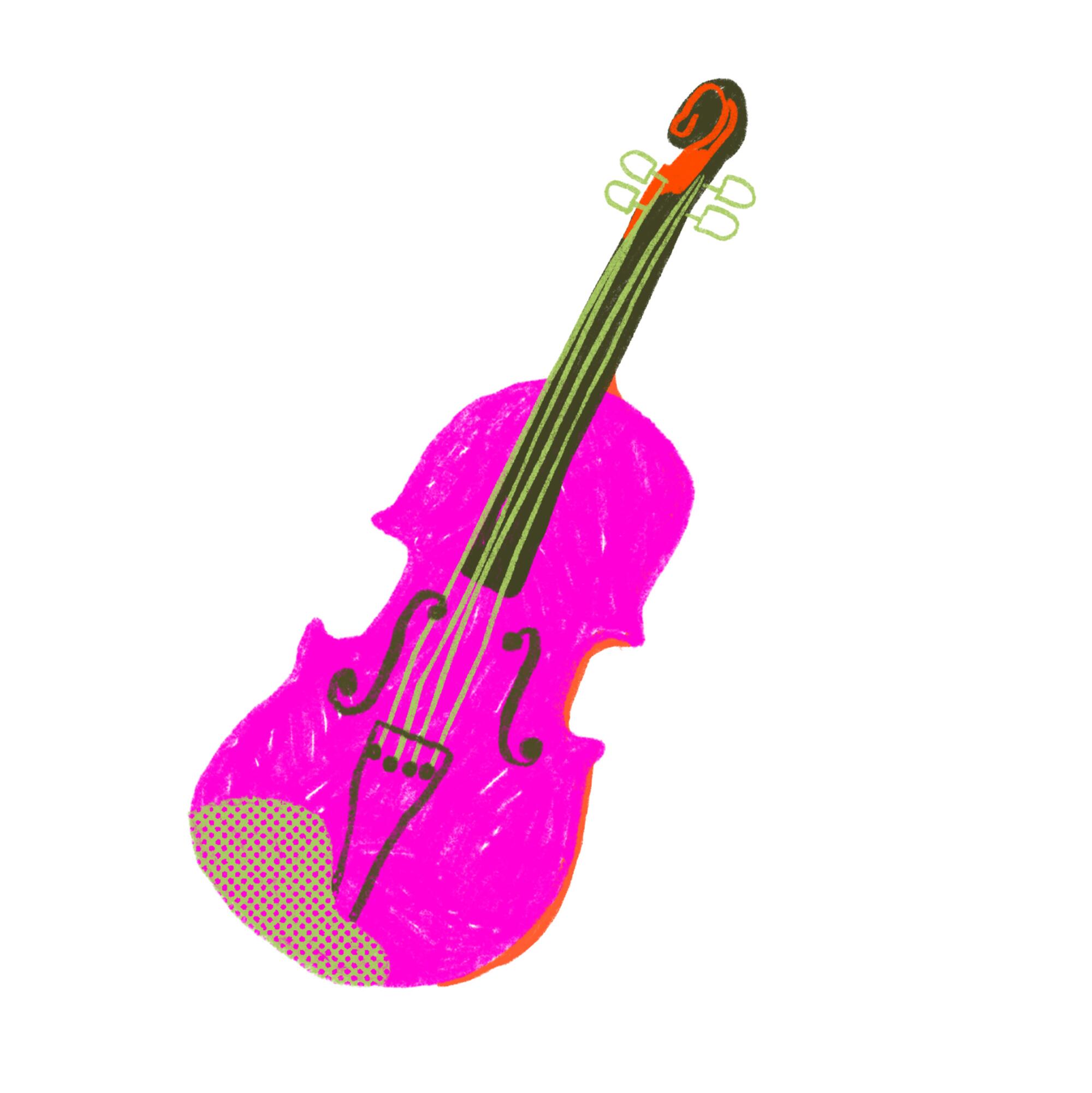
Violin
Commonly recognized as an orchestra instrument, the violin is one of mariachi’s main melodic components. Separate from the group’s rhythm, its four strings add a high-spirited element to the traditional style of folk music. Many mariachi groups have several violinists who together create a fuller sound, though each has separate responsibilities as well. To Las Chorizeras violinist Anisette Noperi, the instrument is a family affair, as her dad and brothers also play. As someone who was trained in an orchestra and a mariachi band, she is excited to see how contemporary música Mexicana performers experiment with the violin.
“I do know how to play traditional mariachi music, but at the same time, [contemporary música Mexicana] keeps us evolving,” said Noperi. “All these new sounds that we’re able to incorporate make us better musicians.”
More to Read
The Latinx experience chronicled
Get the Latinx Files newsletter for stories that capture the multitudes within our communities.
You may occasionally receive promotional content from the Los Angeles Times.

